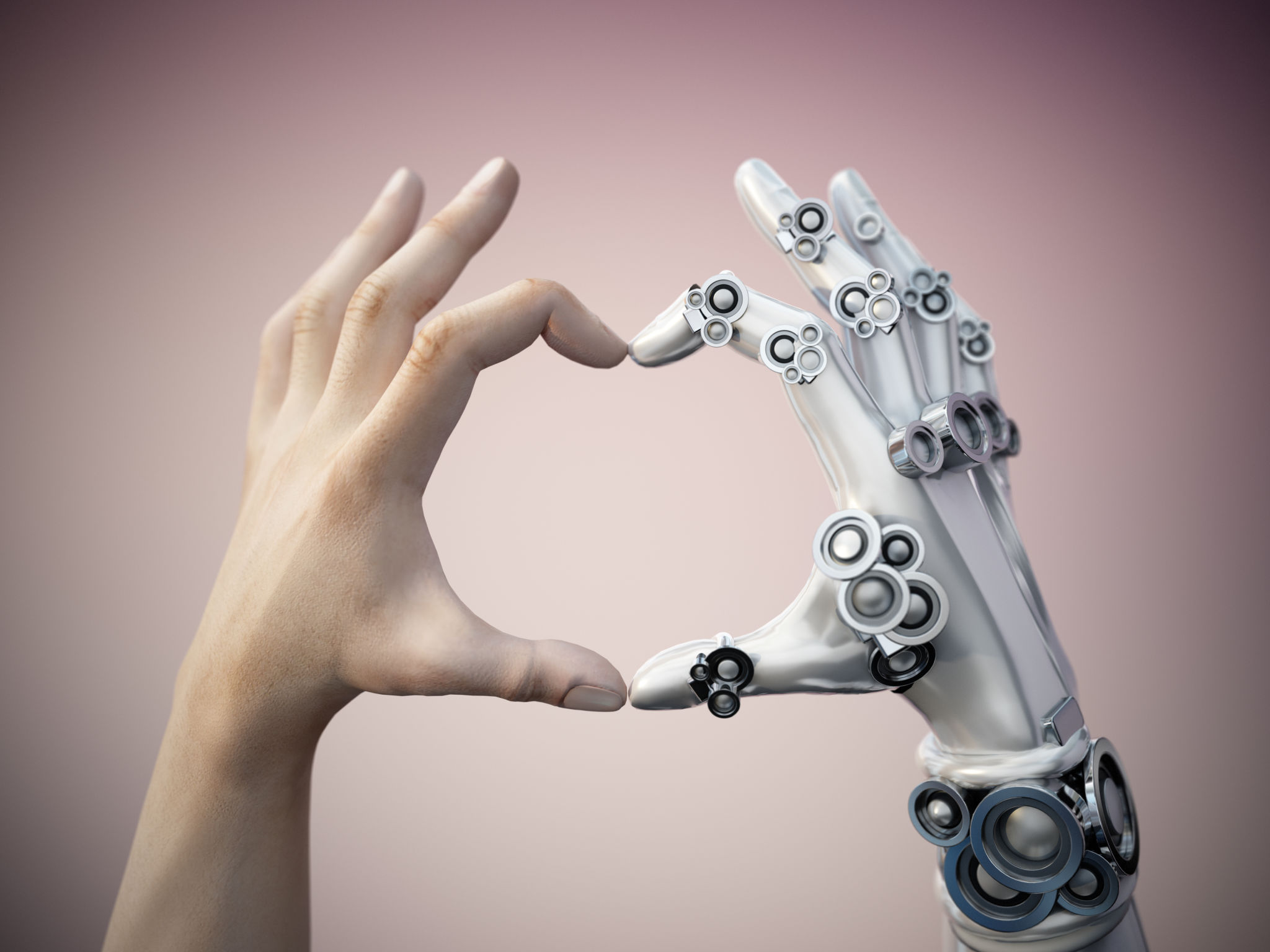Custom R&D Solutions: A Guide for Heavy Machinery OEMs
JM
Understanding the Need for Custom R&D Solutions
In the rapidly evolving landscape of heavy machinery, Original Equipment Manufacturers (OEMs) face increasing pressure to innovate while maintaining cost efficiency and reliability. Custom Research and Development (R&D) solutions play a pivotal role in meeting these demands by offering tailored approaches that address specific challenges unique to each OEM.
By leveraging custom R&D, OEMs can ensure that they stay ahead of the curve, introducing new technologies and processes that not only enhance performance but also improve safety and compliance. This personalized approach allows them to focus on creating machinery that precisely meets the industry's needs.

The Benefits of Custom R&D
One of the primary advantages of custom R&D solutions is the ability to develop products that are perfectly aligned with market demands. This alignment can significantly shorten the time-to-market, giving OEMs a competitive edge. Furthermore, custom R&D often leads to innovations that reduce operational costs and improve the environmental footprint of machinery.
Another key benefit is risk mitigation. With custom R&D, potential issues can be identified and addressed in the early stages of development, reducing the likelihood of costly recalls or repairs. This proactive approach not only safeguards the OEM's reputation but also ensures long-term customer satisfaction.

Key Components of a Successful Custom R&D Strategy
To implement an effective custom R&D strategy, OEMs should focus on several critical components:
- Collaboration: Engage with engineers, designers, and end-users to gather insights and feedback.
- Technology Integration: Incorporate cutting-edge technologies such as IoT and AI to enhance machinery capabilities.
- Prototyping: Develop prototypes to test new ideas and refine designs before full-scale production.
These components ensure that the development process is iterative and responsive to both market trends and technological advancements.

Challenges in Custom R&D for Heavy Machinery
While custom R&D offers numerous advantages, it is not without its challenges. One common hurdle is the high initial investment required for research, development, and testing. OEMs must carefully balance their budgets to ensure that these investments yield substantial returns.
Additionally, integrating new technologies into existing systems can be complex and time-consuming. OEMs need to ensure compatibility and interoperability between old and new components, which requires meticulous planning and execution.
Partnering with Expertise
To overcome these challenges, many OEMs choose to partner with specialized R&D firms that offer expertise in developing custom solutions. These partnerships can provide access to advanced research facilities, industry experts, and innovative technologies.
Collaborating with external experts allows OEMs to tap into a broader knowledge base and accelerate their R&D processes. This approach can lead to more robust solutions that are well-suited to the demands of modern heavy machinery applications.

The Future of Custom R&D in Heavy Machinery
As technology continues to advance, the role of custom R&D in the heavy machinery sector is set to grow even further. OEMs are likely to see increased demand for machinery that incorporates smart technologies, offering enhanced connectivity and automation.
By embracing custom R&D solutions, OEMs can not only lead but also shape the future of the industry. Investing in innovation today ensures sustainability and success for tomorrow, allowing OEMs to remain competitive in an ever-evolving market landscape.
